Raytheon has completed the first flight test of its PhantomStrike radar, a lightweight fire-control system designed for use on a wide range of aircraft, including uncrewed and light-attack platforms.
The radar, which flew aboard the company’s Multi-Program Testbed aircraft in Ontario, California, successfully tracked airborne targets and performed terrain mapping during the test.
The system is notable for being fully air-cooled and compact—designed to offer advanced targeting and tracking capabilities at a lower cost than traditional systems. Raytheon claims PhantomStrike delivers long-range situational awareness through a digitally steered beam, improved target detection, and greater resistance to electronic jamming.
While marketed as a low-cost solution—reportedly at around half the cost of current fire-control radars—PhantomStrike still includes gallium nitride (GaN) technology, which has become a standard for modern electronically scanned arrays due to its efficiency and power handling.
The radar is being developed for use on a variety of platforms including helicopters, jets, and even ground towers. Its size and weight advantages are likely to be of particular interest to air forces looking to modernise older aircraft or upgrade light platforms without the size and power demands of traditional AESA radars.
Production is taking place across multiple sites in the United States and the UK, including facilities in Mississippi, Arizona, and Scotland.
Raytheon UK’s involvement is expected to support export opportunities and integration with international platforms.



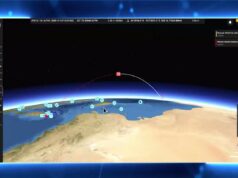
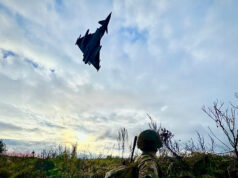
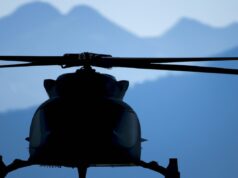
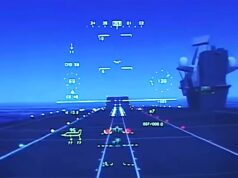
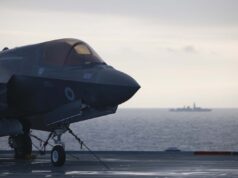
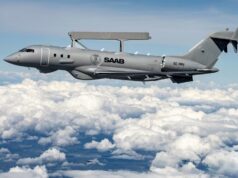
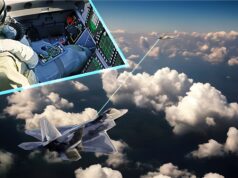
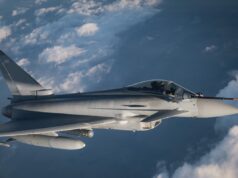
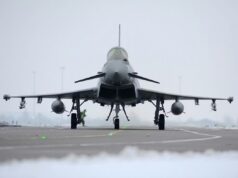
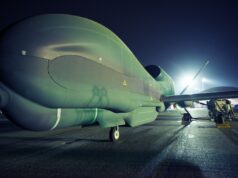

This is Raytheon catching up with the likes of Thales and Leonardo, in offering a low size, weight and power (SWaP) active electronically scanned array (AESA) radar. That can be used on a multitude of different platforms, ranging from aircraft to ground stations and probably ships (though they haven’t said this yet!). The South Korean KA-50 light attack/training aircraft is going to be the lead platform for the radar. Leonardo’s Osprey and Thales Airmaster and Searchmaster are similar sizes and do similar jobs.